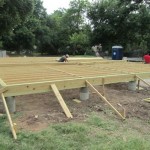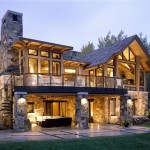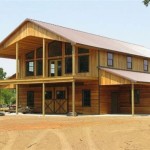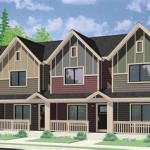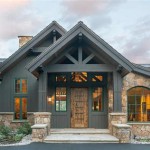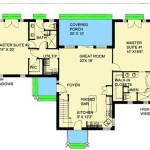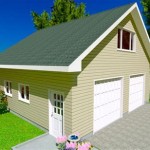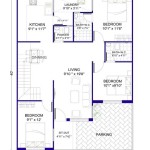House Plans For Waterfront Property
Waterfront properties are highly sought-after due to their stunning views, tranquil ambiance, and recreational opportunities. Designing a house on waterfront property requires careful planning to maximize the benefits of the unique location while addressing specific challenges. Here are some key considerations and tips for creating exceptional house plans for waterfront property.
Site Analysis and Orientation
Thoroughly analyze the site to determine the best orientation for the house. Consider the direction of sunlight, prevailing winds, and water views. Position the house to capture panoramic water views from the main living areas and outdoor spaces. Pay attention to natural topography and vegetation to minimize grading and maximize privacy.
Waterfront Access and Views
Maximize water access by incorporating decks, patios, or balconies overlooking the waterfront. Ensure that the main living spaces have large windows or sliding glass doors to frame the stunning views. Consider multiple levels or terraces to create different vantage points and enhance the connection between the house and the water.
Natural Lighting and Ventilation
Take advantage of natural sunlight by designing large windows and skylights. Optimize cross-ventilation to create a comfortable indoor environment and reduce energy consumption. Use overhangs and awnings to control sunlight and prevent overheating during summer months.
Outdoor Living Spaces
Waterfront properties offer ample opportunities for outdoor living. Create spacious decks for entertaining, dining, and relaxation. Consider adding a screened porch or sunroom to extend the outdoor living season. Integrate outdoor kitchens, fire pits, and seating areas into the landscape to enhance the connection between the house and the waterfront.
Waterproofing and Drainage
Pay meticulous attention to waterproofing and drainage to protect the house from water damage. Use high-quality materials and techniques to seal foundations, walls, and roofs. Install proper drainage systems around the house to prevent flooding during heavy rains. Consider elevating the house on piers or a raised foundation to minimize the risk of water intrusion.
Sustainable Design
Embrace sustainable design principles to minimize the environmental impact of the house. Use energy-efficient appliances and lighting, incorporate solar panels or geothermal heating systems, and opt for durable and eco-friendly building materials. Consider rainwater harvesting systems to conserve water and reduce runoff.
Landscaping and Privacy
Landscaping plays a crucial role in enhancing the privacy and aesthetic appeal of waterfront property. Plant trees and shrubs along the perimeter to create a natural buffer and minimize noise from neighboring properties. Use a combination of native plants and low-maintenance landscaping to reduce water consumption and maintenance requirements.
Conclusion
Designing a house on waterfront property is an exciting and rewarding endeavor. By carefully considering the unique challenges and opportunities of the site, homeowners can create exceptional living spaces that seamlessly blend comfort, beauty, and the tranquility of waterfront living. With meticulous planning and thoughtful design, waterfront property can become a haven for relaxation, recreation, and unforgettable memories.

Lake House Plans Waterfront Monster

Waterfront House Plans The Plan

Waterfront House Plans The Plan

Waterfront House Plans The Plan

Waterfront House Plans The Plan

Waterfront House Plans Coastal From Home

Waterfront House Plans The Plan

Waterfront House Plans The Plan

Lake House Plans Waterfront Monster

Best Lake House Plans Ideas And Home Design Architecturesstyle

